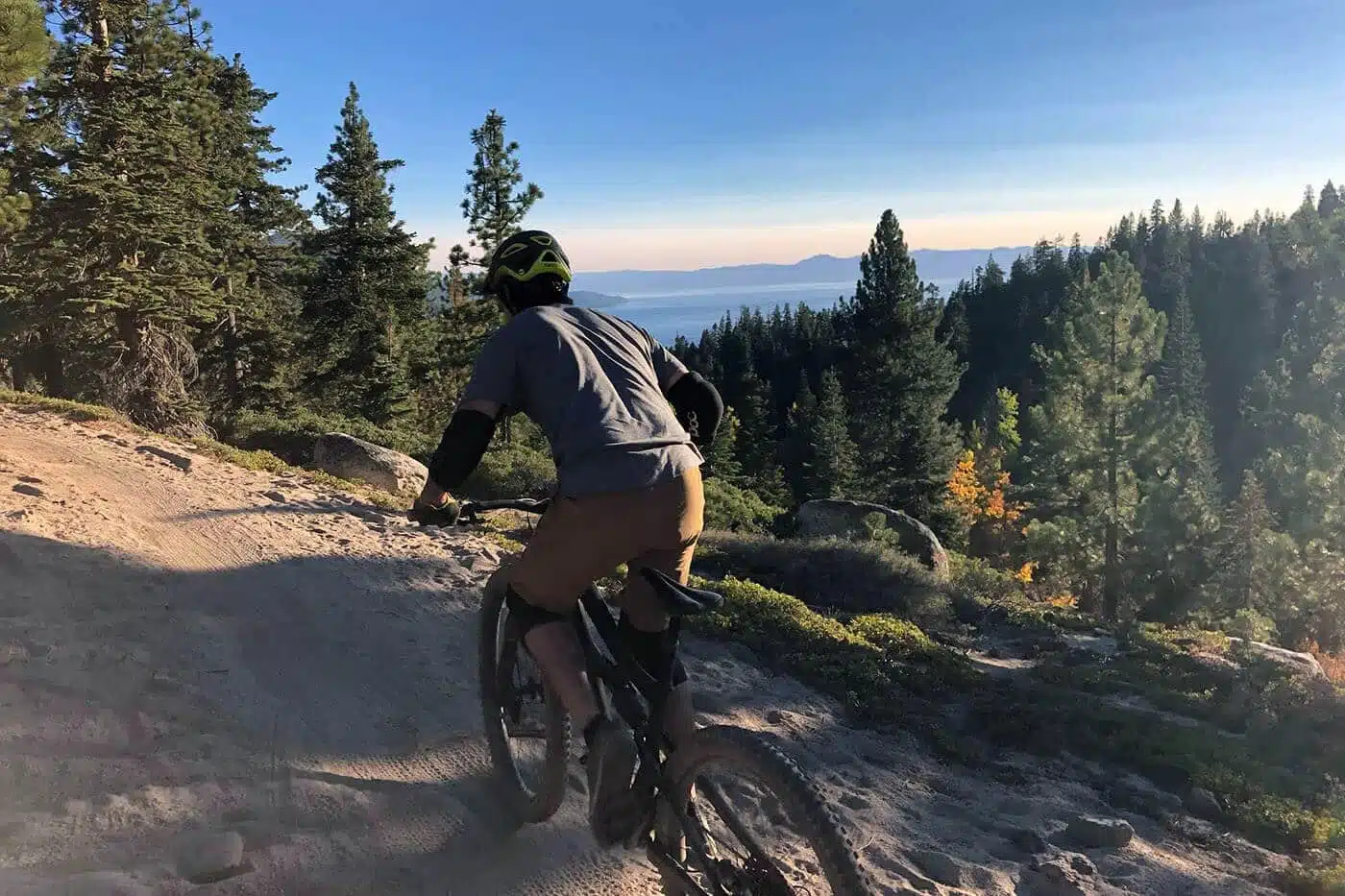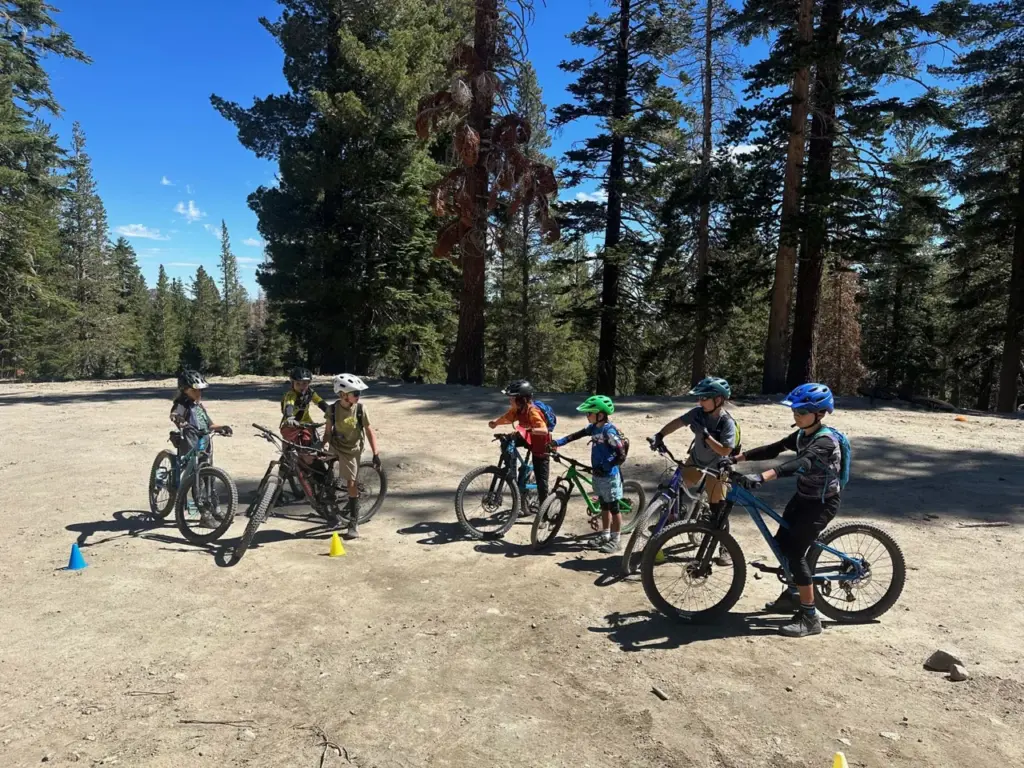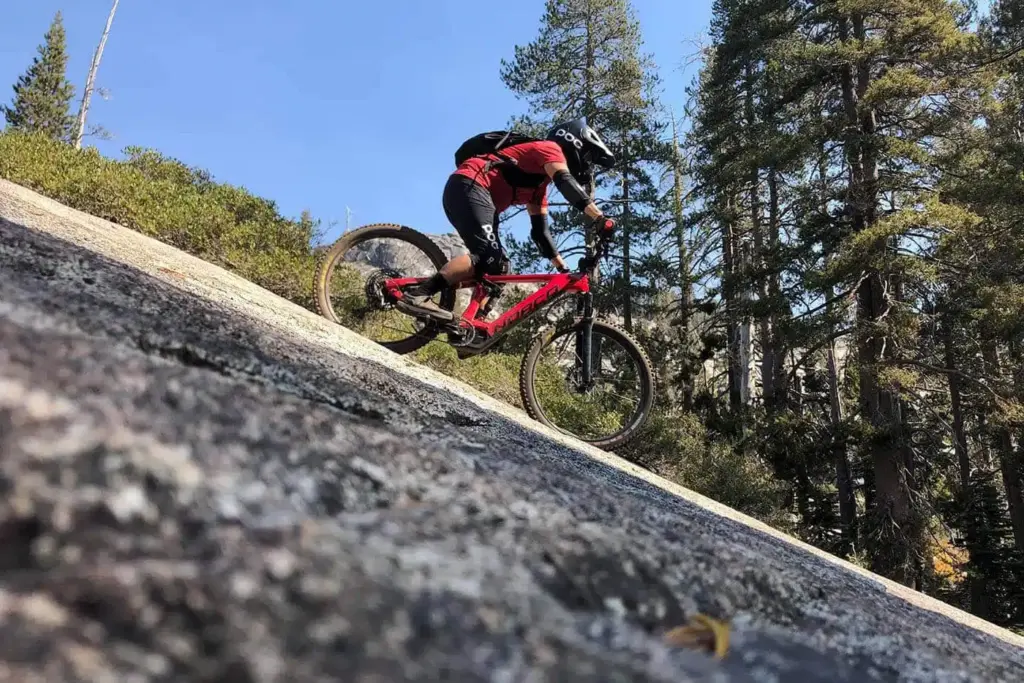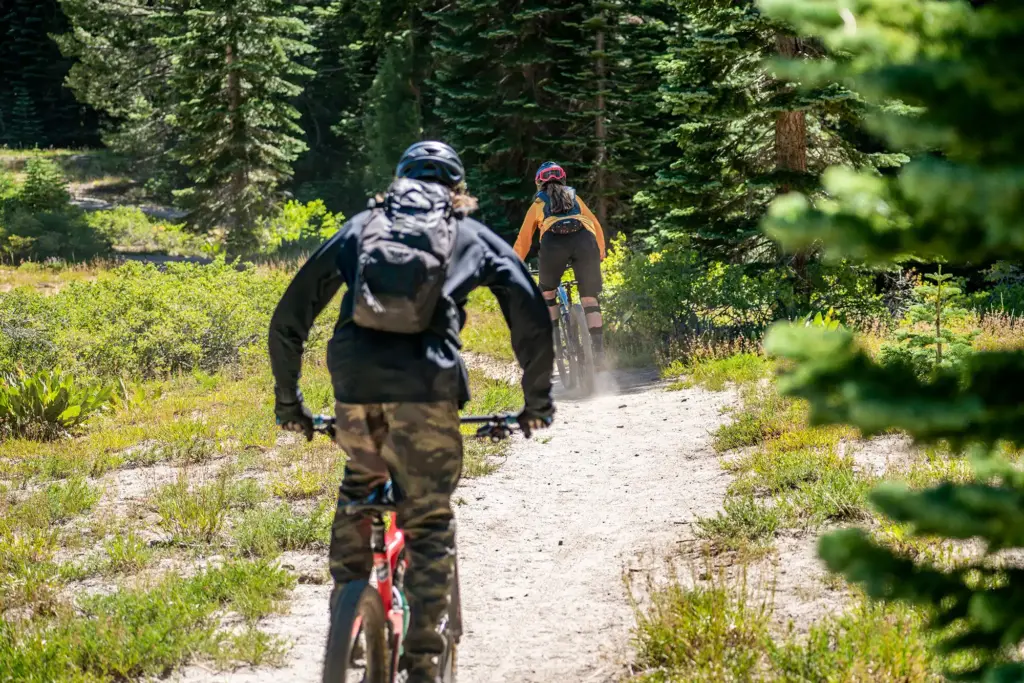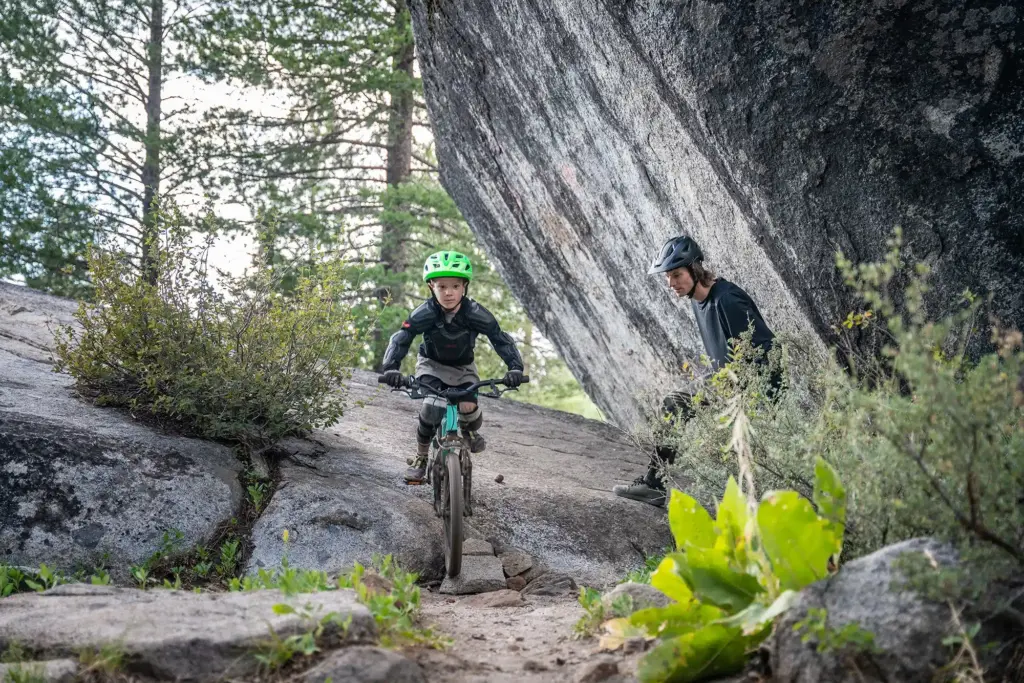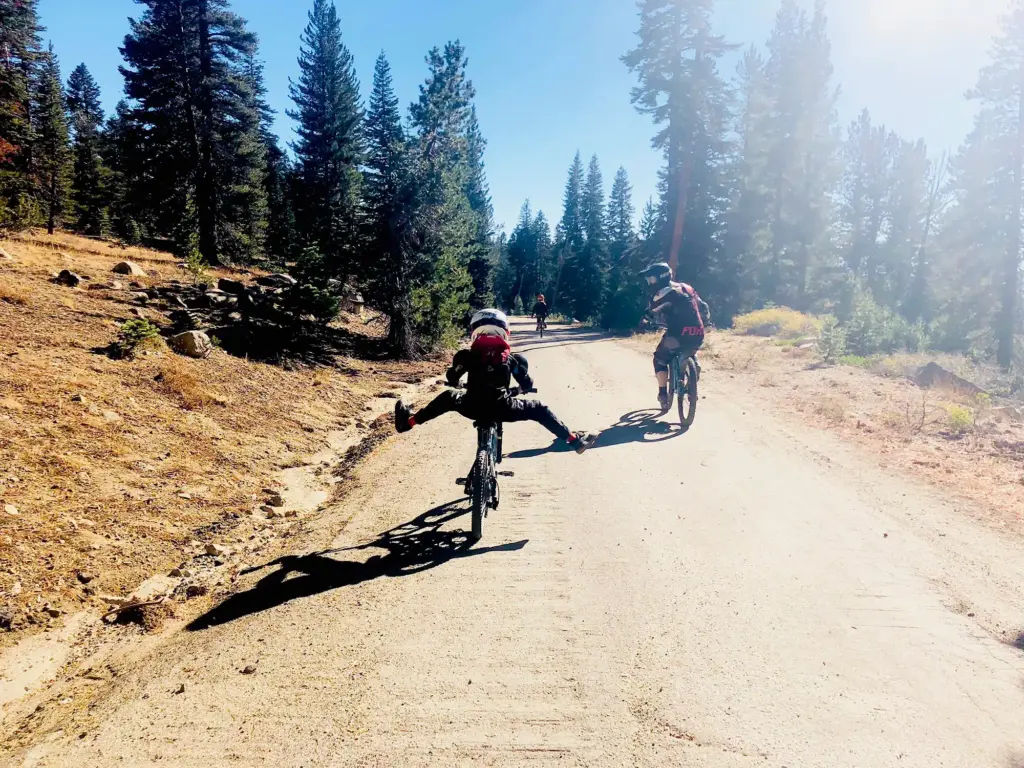We believe that every ride begins not on the trail, but the moment you start your warm-up. Here’s why warming up is crucial not only to enhance your mountain biking skills but also to ensure safety and enjoyment throughout your adventure.
Table of Contents
Introduction to Warming Up
Warming up is an integral part of any physical activity, especially in mountain biking where the body needs to be agile and ready for the physical demands of the trail. Starting with a proper warm-up ensures that your body isn’t going into a rigorous activity cold, which can significantly reduce your performance and increase the risk of injuries. The goal of a warm-up is to increase your overall body temperature, which makes muscles more elastic and responsive, prepares your heart for increased activity, and lubricates your joints.
In mountain biking, where sudden and intense bursts of power are often required, having a body that’s already in ‘go’ mode can make a big difference. Not only does warming up increase physiological readiness, but it also gives you a moment to mentally prepare and focus on the ride ahead. This can be especially important in scenic yet challenging terrains like those found in Lake Tahoe and Reno, where trails can demand as much mental preparation as physical readiness.
Why Warm-Up?
A warm-up routine serves multiple critical functions for any mountain biker. Firstly, it increases the heart rate gradually, which helps in smoothing the transition from rest to high-intensity activity. This is vital to ensure that your cardiovascular system is prepared to supply oxygenated blood to muscles in need during mountain biking. Secondly, the increase in muscle temperature from a good warm-up enhances muscle contraction and relaxation speeds, which not only improves performance but also prevents injuries by making muscles more compliant to sudden demands.
Furthermore, a systematic warm-up increases blood flow to your active muscles and decreases muscle stiffness, thereby greatly reducing the risk of tearing muscles and ligaments during rides. This is particularly crucial in mountain biking, as the sport requires a high degree of flexibility and resilience due to the rough terrains and abrupt changes in speed and direction. By ensuring that your body is adequately warmed up, you not only enhance your performance but also shield your body from potential harm.
The Physical Benefits of Warming Up
Enhancing muscle efficiency is one of the most noticeable benefits of a good warm-up. As muscle temperature rises, the oxygen available for muscle contractions increases, which can significantly enhance endurance and strength during a long ride. This is especially beneficial in mountain biking, where prolonged exertion at varying intensities is common. An effective warm-up also speeds up the transmission of nerve impulses, which improves your reaction time—critical for navigating the challenging trails in Lake Tahoe and Reno.
Additionally, increasing the heart rate through warm-up activities helps prepare the cardiovascular system for the increased workload that mountain biking entails. This preparation helps in managing the blood flow better, ensuring that more oxygen and nutrients are delivered to muscles when they need it most. This not only boosts endurance but also helps in maintaining a high energy level throughout the ride, which is essential for enjoying and successfully navigating through the demanding mountain trails.
The Mental Benefits of Warming Up
The mental benefits of warming up are often underestimated. Starting with a focused warm-up session can clear your mind and enhance your concentration, which is essential when facing the complex paths and potential hazards on mountain trails. This mental clarity helps in making quicker and more accurate decisions, which can be the difference between a smooth ride and a potential accident. It also allows you to set a positive mindset and build mental resilience that can be crucial for enduring the more challenging parts of a ride.
Moreover, warming up serves as a transition period from the stress of daily life to the focused state required for mountain biking. It provides a psychological signal to your body that it’s time to perform, setting up a ritual that prepares you for the ride ahead. This can significantly enhance your engagement with the activity and improve your overall enjoyment, making the biking experience more fulfilling and enjoyable.
Dynamic Stretching Explained
Dynamic stretching is a type of stretching that involves movement and is particularly beneficial before mountain biking. These stretches involve motions that mimic the activity you’re about to engage in, which in this case, includes biking movements like pedaling and maneuvering. By doing dynamic stretches, you prepare your muscles in a way that static stretching cannot, targeting the muscle groups and joints that will be most involved during your ride.
Examples of dynamic stretches for mountain biking include leg swings, which help loosen the hamstrings and hip flexors, and arm circles, which reduce stiffness in the shoulders and upper back. These movements not only prepare the muscles and joints for the physical activity but also help increase heart rate and respiratory rate, preparing your body for the cardiovascular challenge of mountain biking. This type of stretching improves the range of motion and decreases the risk of injuries by warming up the muscles in a functional and effective way.
Cardiovascular Warm-Ups
Engaging in light cardiovascular exercise such as jogging or using a stationary bike before hitting the trails is a perfect way to raise your overall body temperature and prepare your heart and lungs for the intense work to come. This type of warm-up helps to increase the blood flow to muscles, providing them with the necessary oxygen and nutrients needed for the demanding activity of mountain biking. It’s especially important in environments like Lake Tahoe and Reno, where the elevation can affect your breathing and stamina.
A good cardiovascular warm-up also helps to gradually raise your heart rate, which can prevent the shock to your system that might occur if you started a strenuous ride too abruptly. This gradual increase is crucial to prevent undue stress on your heart and can help you maintain a more consistent energy level throughout your ride, allowing you to enjoy the experience fully and with less fatigue.
Practice Rides
Before you embark on challenging trails, it’s wise to take a practice ride on a flatter, more predictable surface. This allows you to warm up in a controlled environment, where you can focus on activating the muscle groups that will be most used during your mountain biking session. A practice ride also helps with fine-tuning your bike handling skills and ensuring all your equipment is functioning correctly, which is crucial for safety and performance.
Practice rides not only serve as a physical rehearsal but also as a mental checklist, giving you the opportunity to engage with the bike and the environment. This process can help to reinforce muscle memory and build confidence, which will be invaluable when navigating the more technical and demanding parts of a mountain trail. Such rides can also help to highlight any areas that might need more focus during your warm-up, ensuring that you are as prepared as possible for the ride ahead.
Warm-Up Routines Tailored for Mountain Biking
Each trail and ride may require a slightly different approach to warming up. For instance, a ride involving long climbs in Lake Tahoe might benefit from extended lower body stretches and a longer cardiovascular warm-up to prepare for the sustained effort. Conversely, technical descents in Reno might require a focus on upper body mobility and reflex responsiveness to handle sudden changes in direction and terrain. Adapting your warm-up to the demands of your specific ride can significantly enhance your performance and enjoyment.
When tailoring your warm-up, consider the duration and intensity of the ride ahead. Longer rides might need a more extensive warm-up to keep the muscles flexible and energetic throughout the journey. Meanwhile, shorter, more intense rides may require focused dynamic stretches that target key muscle groups to maximize power and agility. Being mindful of the physical demands of your specific biking activity will help you optimize your warm-up routine for the best possible outcomes.
Local Insights: Mountain Biking in Lake Tahoe and Reno
Mountain biking in Lake Tahoe and Reno offers a unique blend of scenic beauty and challenging terrains that require both physical and mental preparation. The local climate and elevation variations can affect your performance, making it essential to consider these factors in your warm-up routine. For example, the higher altitudes at Lake Tahoe may require more emphasis on cardiovascular preparation to cope with thinner air.
Furthermore, the diverse trails available in both regions offer various challenges, from rocky paths to forested climbs. Local riders often share insights and tips through community forums and biking clubs, which can be invaluable in preparing for specific routes. Engaging with the local mountain biking community can also provide updates on trail conditions and safety tips, which are crucial for a safe and enjoyable experience.
External Resources and Further Reading
For those keen to dive deeper into mountain biking techniques and improve their skills, numerous online resources are available. Websites like the International Mountain Bicycling Association (IMBA) offer extensive guides on biking techniques and strategies for different terrains. These resources are invaluable for beginners and advanced riders alike, providing detailed information on everything from basic bike maintenance to advanced riding techniques.
Additionally, local biking clubs and online forums can be great places to find information and connect with other mountain bikers. These communities often share a wealth of knowledge about specific local trails, including tips on how to tackle particular challenges and updates on trail conditions. Engaging with these communities can enhance your mountain biking experience, helping you to become a more skilled and informed rider.
By understanding and implementing these warm-up routines, you ensure that you are physically and mentally prepared to enjoy and conquer the mountain biking trails of Lake Tahoe and Reno. Happy trails!
